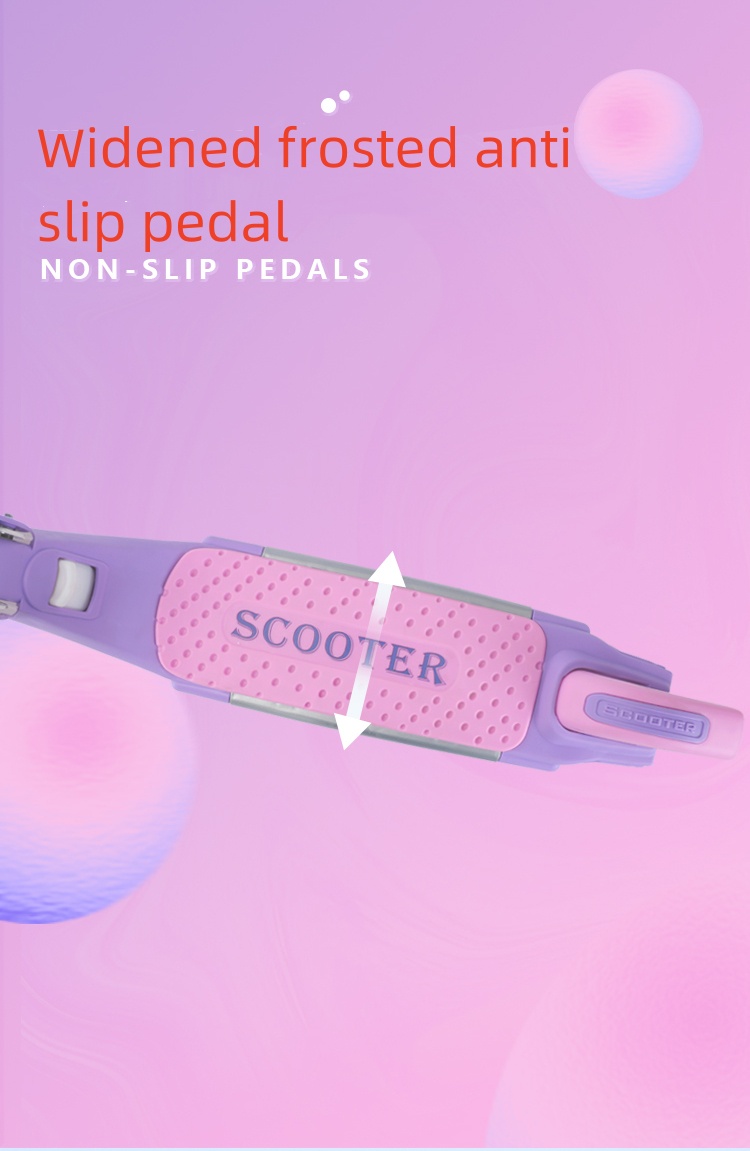Oct . 30, 2024 13:36 Back to list
when to replace rear brake drums
When to Replace Rear Brake Drums A Comprehensive Guide
Brake drums are a critical component of a vehicle's braking system, particularly for those equipped with drum brakes on the rear wheels. Unlike disc brakes, which are commonly found in modern vehicles, drum brakes consist of a circular drum with brake shoes that press against the inner surface to create friction and slow down the vehicle. Knowing when to replace rear brake drums is essential for maintaining optimal braking performance and ensuring safety on the road.
Signs That Indicate It's Time for Replacement
1. Unusual Noises One of the first signs that your rear brake drums may need replacement is the presence of unusual noises. If you hear grinding, squeaking, or scraping sounds when you engage the brakes, it could indicate that the brake shoes are worn down, and the drums are being damaged. Ignoring these sounds could lead to more severe damage and costly repairs.
2. Vibration When Braking If you feel vibrations or pulsations in the brake pedal when applying the brakes, this could indicate that the brake drums are warped or uneven. A warped drum can cause the brake shoes to wear unevenly, leading to decreased braking efficiency and a potential safety hazard.
3. Brake Warning Light Many modern vehicles are equipped with a brake warning light on the dashboard. If this light illuminates, it often indicates an issue within the braking system, including problems with the brake drums. It's essential to take this warning seriously and have your vehicle inspected promptly.
4. Reduced Braking Performance If you notice that your vehicle takes longer to stop than it used to, it might be time to inspect the rear brake drums. Worn-out drums can affect overall braking performance, increasing stopping distances and jeopardizing your safety.
when to replace rear brake drums

5. Physical Inspection Regular maintenance checks allow for visual inspections of the brake drums. Look for signs of wear, such as cracks, grooves, or excessive scoring on the surface of the drum. If the drum is too thin or shows significant damage, replacement is necessary.
Timelines for Replacement
The lifespan of brake drums can vary depending on driving conditions, vehicle type, and maintenance habits. Generally, it’s recommended to inspect the rear brake drums every 30,000 to 70,000 miles. However, this can change based on factors such as heavy towing, frequent stop-and-go driving, or driving in hilly terrains, which can put additional strain on the braking system.
Seeking Professional Help
If you suspect that it's time to replace your rear brake drums, it's best to consult with a professional mechanic. A trained technician can accurately assess the condition of your brake system and advise whether a simple adjustment or complete replacement is necessary. Remember, investing in your brake system's maintenance can save you from more extensive repairs in the future and, more importantly, ensure your safety on the road.
In conclusion, being aware of the signs indicating that it's time to replace rear brake drums can help you prevent brake failure and maintain your vehicle's performance. Regular inspections and prompt attention to any signs of trouble will ensure you stay safe while driving.
-
HINO Industrial Solutions - ¡Ң���ຽ��е��������˾ | Advanced Efficiency&Customization
NewsJul.13,2025
-
HINO Industrial Efficiency Solutions - ¡Ң���ຽ��е��������˾
NewsJul.13,2025
-
HINO Industrial Solutions - ¡Ң���ຽ��е��������˾ | Advanced Technology&Reliability
NewsJul.13,2025
-
HINO Industrial Efficiency-Jiangsu Hino Industrial|Productivity Optimization&Cost Reduction
NewsJul.12,2025
-
HINO-¡Ң���ຽ��е��������˾|Advanced Industrial Solutions&Energy Efficiency
NewsJul.12,2025
-
Premium Brake Drum Iveco – Durable Drum Brake Drum & Brake Shoe Solutions
NewsJul.08,2025
